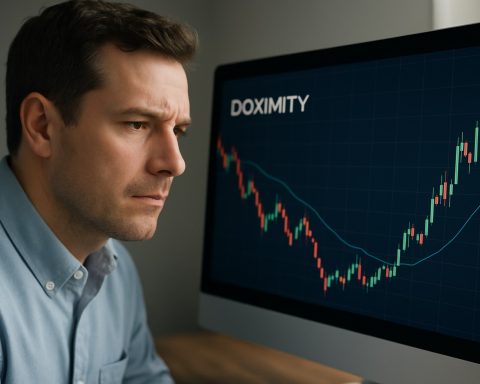A Glimpse into the Past: Scurvy Resurfaces in Modern Australia
In a development that has astonished health professionals, a rare and ancient condition, scurvy, has surfaced in suburban Australia. This was underscored by a case involving a Perth resident, which highlights socio-economic factors that affect health in contemporary society.
Symptoms and Struggles in Silence
The patient, an individual in his 50s, experienced severe and alarming symptoms such as a widespread rash, presence of blood in his urine, and debilitating anaemia. Despite undergoing extensive medical evaluations including CT scans and biopsies, the source of these issues remained unidentified until vitamin and nutrient deficiencies came to light.
Economic Hardship: A Hidden Catalyst
This resurgence of scurvy, often considered a disease from history texts, is intricately linked to modern financial struggles. Living on a disability pension, the man regularly skipped meals and excluded essential nutrient-rich foods like fruits and vegetables from his diet due to cost constraints. The situation worsened after he discontinued nutritional supplements needed post-gastric surgery.
Rethinking Public Health Priorities
This case highlights an urgent public health dilemma: ensuring affordable access to nutritious foods as economic pressures rise. It’s a call to action for policymakers to revive investments in affordable produce availability and expand support for nutritional education. Such steps are vital in averting the recurrence of preventable diseases like scurvy, driven by overlooked economic disparities. As economies and lifestyle choices evolve, it becomes crucial to reassess the accessibility of health-improving resources, ensuring history does not repeat itself in detrimental ways.
Scurvy in the 21st Century: A Stark Reminder of Nutritional Inequalities
In a twist that has captured global attention, scurvy—a condition seemingly resigned to the annals of history—has made an unexpected comeback in modern Australia. Beyond the isolated cases within the country, this resurgence unveils deep-rooted socio-economic inequalities affecting dietary habits worldwide.
The Unseen Epidemic: Nutritional Deficiencies Today
While scurvy might seem like a relic of the past, its presence reveals how pervasive nutritional deficiencies remain in developed nations. Individuals from economically disadvantaged backgrounds are often unable to afford the vitamin C-rich foods necessary to prevent this condition. As such, scurvy becomes a litmus test for broader nutritional issues that may be silently plaguing communities under financial duress across the globe.
Impact on Community Health
Communities grappling with poverty and economic instability are disproportionally affected by such preventable diseases. As staple foods become financially inaccessible, public health systems encounter increased pressure to address these dietary voids. Are policymakers adequately prioritizing affordable nutritional access to alleviate such challenges?
Pros and Cons of Reminder Cases
A high-profile case can play a double-edged role. On the one hand, it raises awareness, prompting governmental and organizational responses to address food insecurity and access to nutrients. On the other hand, it can reflect poorly on national health initiatives and lead to misguided public panic about rare conditions.
For more on food security and public health measures, visit World Health Organization.
Taking Action
How can communities safeguard against repeating nutritional failings? Extensive educational campaigns and reformed agricultural policies, perhaps inspired by moments like these, can prevent disease resurgence and promote holistic well-being. It’s imperative to consider both innovative strategies and grounded actions to prevent such silent health crises in a modern world.










